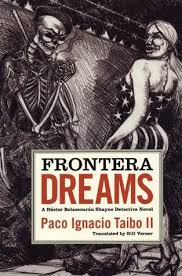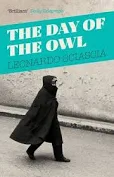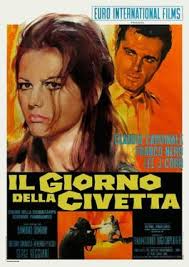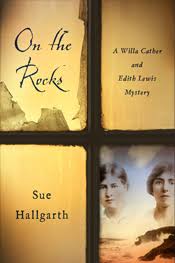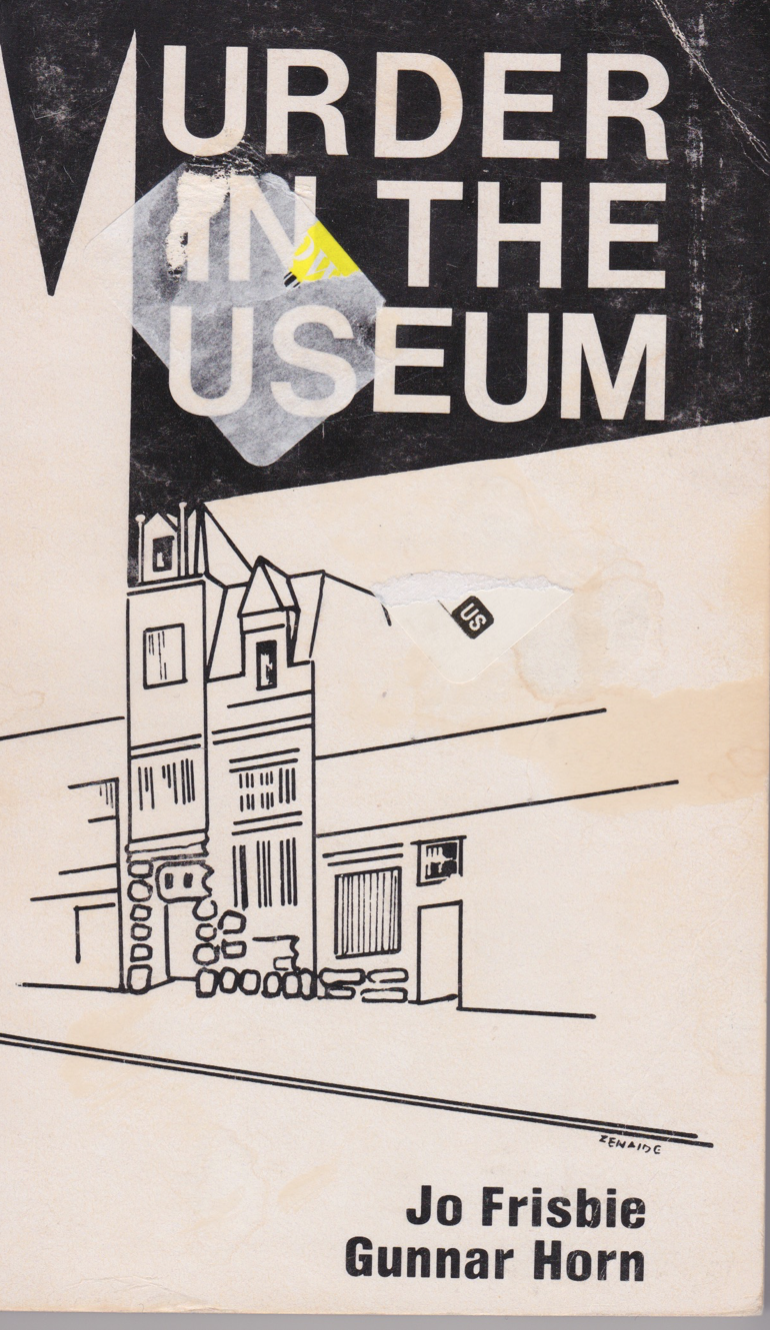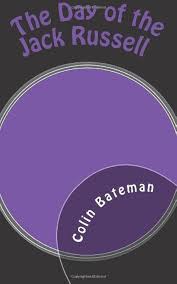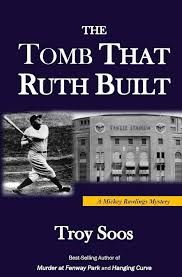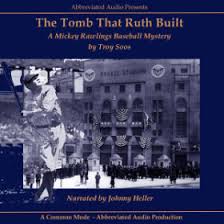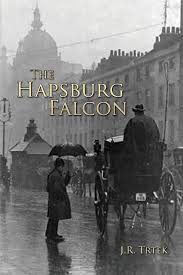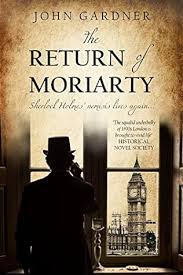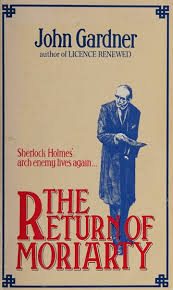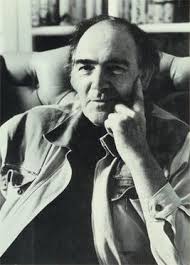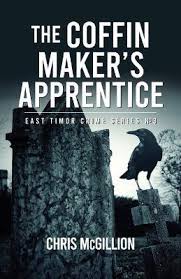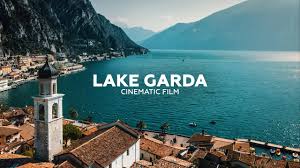Ben Pastor, The Venus of Salo (2006).
Good Reads meta-data is 416 pages, rated 4.0 by 2 litizens.
Genre: Krimi.
DNA: Italian.
Tagline: The end of days.
Verdict: A head spinner.
This is Wehrmacht Colonel Martin von Bora’s eighth outing and his steps are weary and sometimes dreary as he tries hold onto this integrity in the cauldron of madness. He is assigned to the fantasy world of the Italian Social Republic (of Salò) in October 1944. For those who cut that class, this republic was the rump of northern Italy where in late September 1943 Hitler installed the recently rescued Ben Mussolini as dictator for an encore. It is a bizarre world, seemingly run by Italians with Germans monitoring everything. Yes, it is a puppet state, if it is a state in anything but name. And it dissolved in late April 1945.
Its ministries and offices were housed in the many luxury hotels, palaces, and grand houses in Brescia along the lakes, some in Salò but also scattered further along the Lemon Coast, as it was once called. Lake Garda was the most well-known feature.
This limbo world is ending with the Allied armies progressing up the spine of Italy day-by-day, the residents of this never-never-land go about their business as usual. The industrialist does industry. The art restorer restores art. The police officer hands out traffic tickets. The gardener gardens. All seeming in ignorance, or defiance, of the fact that the end of their world is nigh and that a night of retribution will follow.
Into this twilight world come the diplomatic representatives of Germany, Japan, Bulgaria, Romania, Hungary, and Thailand along with the client states of Croatia, Slovakia, and even Manchukuo. Embassy receptions are the social high point. Although by late 1944 when Bora arrived, the representatives of Bulgaria, Romania, and Hungary were marooned with no homeland to which to return.
Well, not quite in ignorance since partisan raids, bombings, assassinations are weekly, and the flow of retreating and battered Germans northward is obvious, even as the rhetoric of final victory is turned up to deafening. Despite Mussolini’s personal appeals to Hitler, the fate of Italian soldiers, especially in the eastern Mediterranean, disarmed and interned by the Germans was often terminal. But the residents of Salò seem blind to these signals of the coming apocalypse.
On the surface the lakeside town where Bora is assigned is calm and attractive. Many days the war is far away, even if U.S. bombers overfly it en route to or from Turin or Milan. A valuable painting has been stolen from the local German army headquarters and Bora is to find it, and the culprit(s). In the chaos of murder, Jewish round ups, reprisals, and violence he is to find a painting. Then a series of murders cuts across his investigation, and he is off on the scent.
***
It is very well done, though I do find Bora’s hangdog depression repetitive. His problems seem small in the context, and I finished the book wondering about the fate of those he left behind when he was evacuated. The plot is a braid of many strands and left me with a spinning head as above.
By the way the author is…..Maria Verbena Volpi (1950+) who has two other series. Whew!
N.B. This telling has nothing in common with Pier Paolo Pasolini’s nauseating film ‘Salò’ (1975) with its graphic and explicit violence of branding, hanging, and scalping; torture of the tongue, genitals, and eye balls; rape of both men and women, and murder in the same milieu. Enough.



